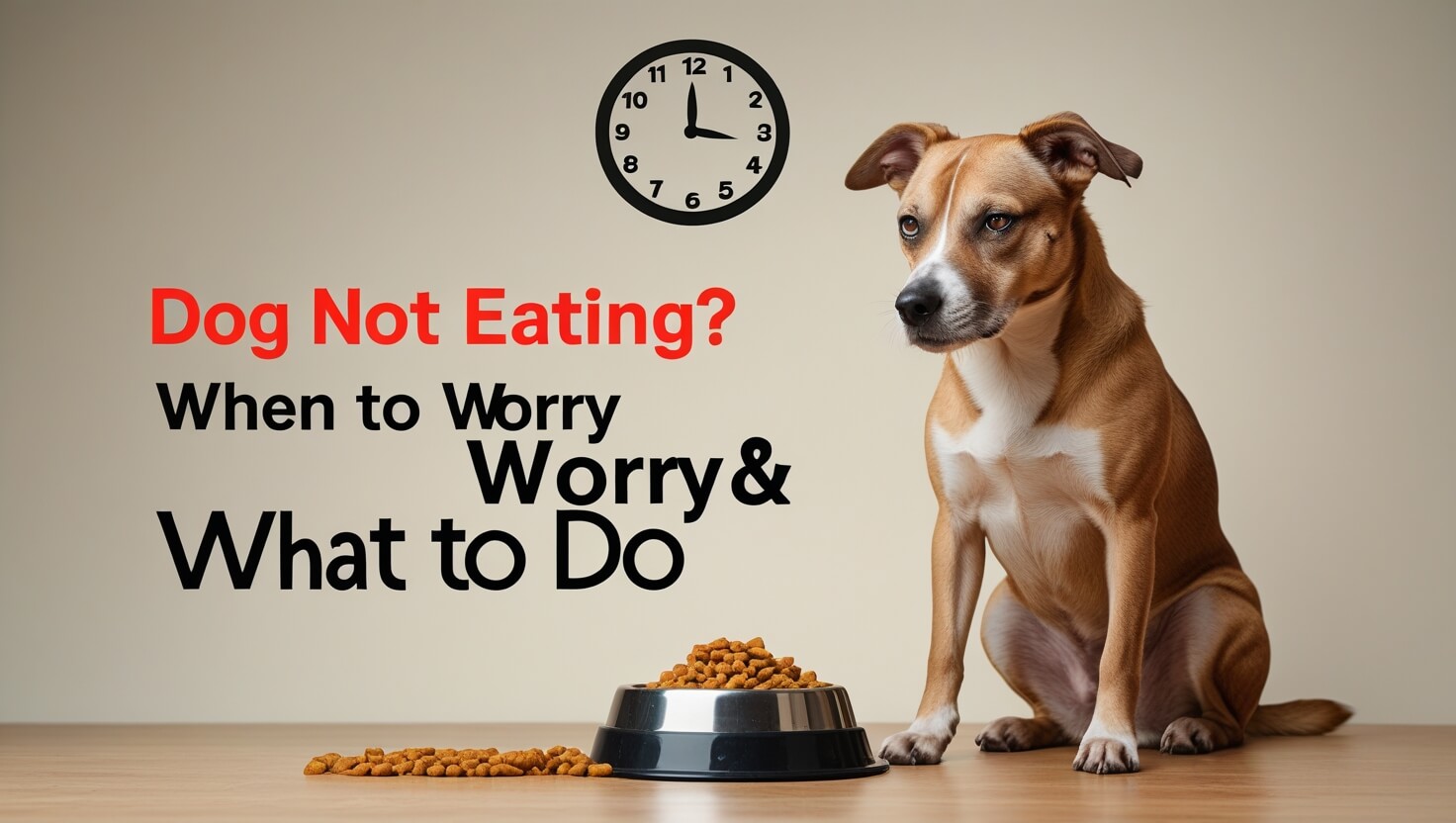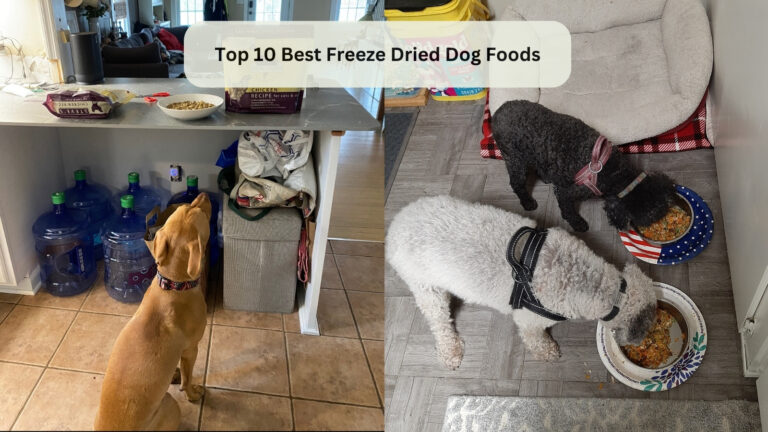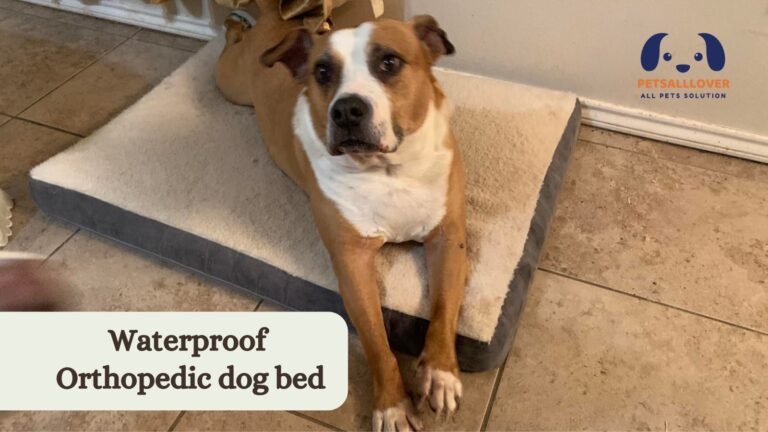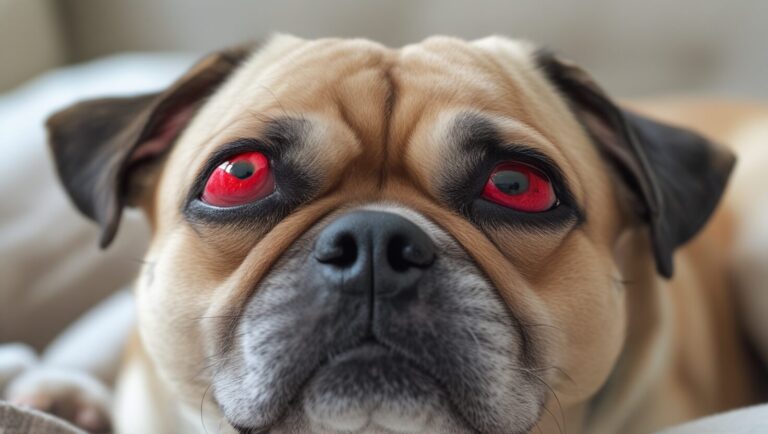How Long Can a Dog Go Without Eating? Warning Signs & What to Do Next
Introduction: How Long Can a Dog Go Without Eating?
If your dog suddenly refuses to eat, it can be concerning and stressful. As a pet owner, you might wonder, “How long can a dog go without eating before it becomes dangerous?” The truth is, while a healthy dog can survive for a few days without food, prolonged fasting can lead to serious health issues.
Some dogs may skip a meal occasionally without any major concern, but going beyond 24-48 hours without food could indicate an underlying problem. Whether it’s due to illness, stress, or a change in environment, it’s essential to recognize the warning signs early.
In this article, we will discuss:
✔️ How long a dog can safely go without eating
✔️ Common reasons why dogs refuse food
✔️ Warning signs that indicate serious health risks
✔️ How to encourage your dog to eat again
By the end, you’ll have a clear understanding of when to stay calm and when to take immediate action.
📌 Possible Customer Questions:
- Is it normal for my dog to skip meals occasionally?
- Should I be worried if my dog refuses to eat for a day?
How Long Can a Dog Go Without Eating?
It’s natural to worry when your dog refuses to eat, but understanding how long they can survive without food can help you make the right decisions.
How Many Days Can a Dog Go Without Food?
A healthy adult dog can typically survive 3-5 days without eating, provided they are drinking enough water. However, this isn’t ideal, and extended fasting can lead to weakness, organ damage, and serious health complications.
Different dogs have different survival windows based on factors like age, health, and hydration:
| Dog Type | Survival Without Food | Risk Level |
|---|---|---|
| Healthy Adult Dog | 3-5 days | Moderate |
| Senior Dog | 1-3 days | High |
| Puppy | 1-2 days | Very High |
| Sick Dog | Less than 1-2 days | Critical |
💡 Important: Even if a dog can survive a few days without food, this doesn’t mean they should go without eating. Prolonged fasting can weaken their immune system, cause organ failure, and worsen existing health conditions.
Hydration vs. Starvation: Why Water Matters More
While a dog can go a few days without food, they cannot survive without water. Dehydration is far more dangerous than starvation and can cause life-threatening conditions within 24-48 hours.
Signs of dehydration include:
✅ Dry nose and gums
✅ Sunken eyes
✅ Lethargy and weakness
✅ Loss of skin elasticity (skin pinch test fails to snap back quickly)
If your dog is refusing food but still drinking water, this is a good sign. However, if they’re neither eating nor drinking, seek veterinary help immediately.
📌 Possible Customer Questions:
- Can a dog survive a week without eating?
- While some dogs may survive close to a week without food, it is extremely dangerous and can lead to severe organ damage. Immediate action is needed if a dog stops eating for more than 48 hours.
- My dog hasn’t eaten in two days but is drinking water. Is this okay?
- Drinking water is a positive sign, but not eating for two days is a concern. If your dog continues to avoid food, a vet checkup is recommended to rule out medical issues.
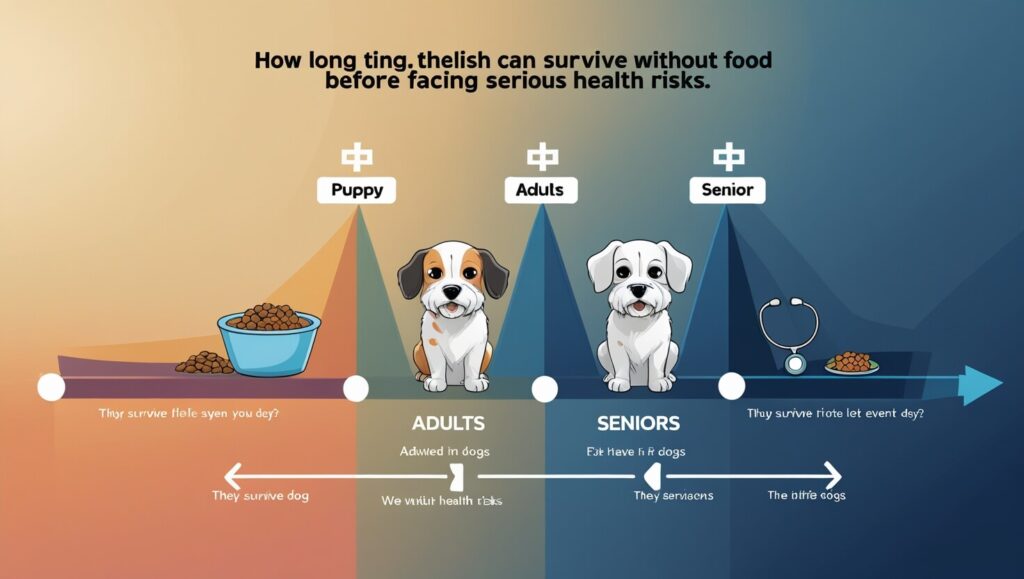
Reasons Why Dogs Stop Eating
If your dog refuses to eat, you might wonder whether it’s a temporary issue or something more serious. Dogs can stop eating for various reasons, ranging from medical conditions to behavioral changes. Let’s break down the most common causes.
1. Medical Issues: When Health Problems Affect Appetite
Dogs often stop eating due to underlying medical conditions. If your dog’s loss of appetite lasts more than a day, it’s important to consider possible health concerns.
💊 Common Medical Causes:
- Digestive Problems: Upset stomach, vomiting, diarrhea, or constipation.
- Infections & Illness: Bacterial or viral infections can reduce appetite.
- Dental Pain: Broken teeth, gum infections, or oral injuries make chewing painful.
- Chronic Conditions: Diseases like kidney failure, diabetes, or cancer can cause a loss of appetite.
🛑 Warning Sign: If your dog refuses to eat and also shows signs like lethargy, vomiting, weight loss, or unusual behavior, visit a vet immediately.
2. Behavioral Factors: Stress, Anxiety & Changes in Routine
Just like humans, dogs can experience stress or emotional distress, which may affect their eating habits.
🐶 Common Behavioral Causes:
- Stress & Anxiety: Moving to a new home, loud noises, or separation anxiety.
- Depression: Some dogs stop eating due to loss of a companion or major lifestyle changes.
- Environmental Changes: New surroundings, new people, or even a change in feeding location can make a dog hesitant to eat.
🛑 What to Do? If stress is the issue, create a calm and predictable feeding routine, and try hand-feeding to encourage eating.
3. Food-Related Issues: Picky Eating or Bad Food
Some dogs are picky eaters, while others may refuse food because of an issue with their diet.
🍖 Common Food-Related Reasons:
- Picky Eating: If a dog gets too many treats or table scraps, they may reject regular meals.
- Dislike of New Food: A sudden change in diet can cause a refusal to eat.
- Spoiled or Stale Food: Dogs can detect if food has gone bad and may refuse to eat it.
🛑 What to Do? If your dog refuses food, try offering a fresh meal or switching to a more appetizing option (e.g., warming up wet food or adding low-sodium broth).
4. Medication Side Effects: When Drugs Affect Appetite
Certain medications can cause loss of appetite as a side effect.
💊 Common Appetite-Suppressing Medications:
- Antibiotics
- Pain relievers (NSAIDs, opioids)
- Chemotherapy drugs
🛑 What to Do? If you suspect medication is affecting your dog’s appetite, consult your vet about alternative options or ways to ease side effects.
📌 Possible Customer Questions:
- My dog only eats certain foods. Is this a problem?
- Picky eating can develop if a dog gets too many treats or human food. Try gradually introducing new foods while limiting unnecessary snacks.
- Could my dog’s lack of appetite be a sign of illness?
- Yes! If your dog refuses food for more than 24-48 hours, especially with other symptoms like vomiting, diarrhea, or fatigue, a vet visit is necessary.
Signs That Your Dog Is in Danger
If your dog has skipped a meal or two, you may wonder if it’s just being picky or if there’s something more serious going on. While occasional loss of appetite isn’t always an emergency, there are certain red flags that indicate your dog might be in real danger.
🚨 Warning Signs That Require Immediate Attention
If your dog refuses to eat for more than 48 hours, watch closely for these dangerous symptoms:
| Warning Sign | What It Means |
|---|---|
| 💤 Lethargy | Extreme tiredness or lack of energy. Could indicate an infection or internal issue. |
| 🤢 Vomiting & Diarrhea | If persistent, it could lead to dehydration and serious health risks. |
| ⚖️ Sudden Weight Loss | Losing weight rapidly is a sign of malnutrition or an underlying illness. |
| 💧 Dehydration | Dry gums, excessive panting, or sticky saliva. This is more dangerous than food refusal. |
| 👀 Sunken Eyes | Often a sign of severe dehydration, which can be life-threatening. |
| 🦴 Weakness or Collapse | If your dog can’t stand properly, it’s a medical emergency. |
📌 What to Do If You Notice These Signs?
If your dog displays any of the above symptoms along with refusing food, don’t wait—contact a vet immediately.
🐶 When Should You Visit the Vet?
✅ If your dog skips one meal but is otherwise acting normal, it’s likely not a major concern.
🚨 However, if your dog hasn’t eaten for 48 hours and is showing any warning signs, it’s time for a vet visit.
Emergency Situations That Require a Vet ASAP:
- Refusing both food and water for over 24 hours
- Vomiting or diarrhea that lasts more than a day
- Visible pain, bloating, or excessive drooling
- Extreme weakness or struggling to walk
📌 Possible Customer Questions:
- How do I know if my dog is just being picky or actually sick?
- If your dog refuses a certain food but eats something else, it’s likely being picky. However, if it refuses all food, shows weakness, or has other symptoms, a vet visit is necessary.
- When should I take my dog to the vet for not eating?
- If your dog has gone more than 48 hours without food or is displaying any dangerous symptoms, seek veterinary help immediately.
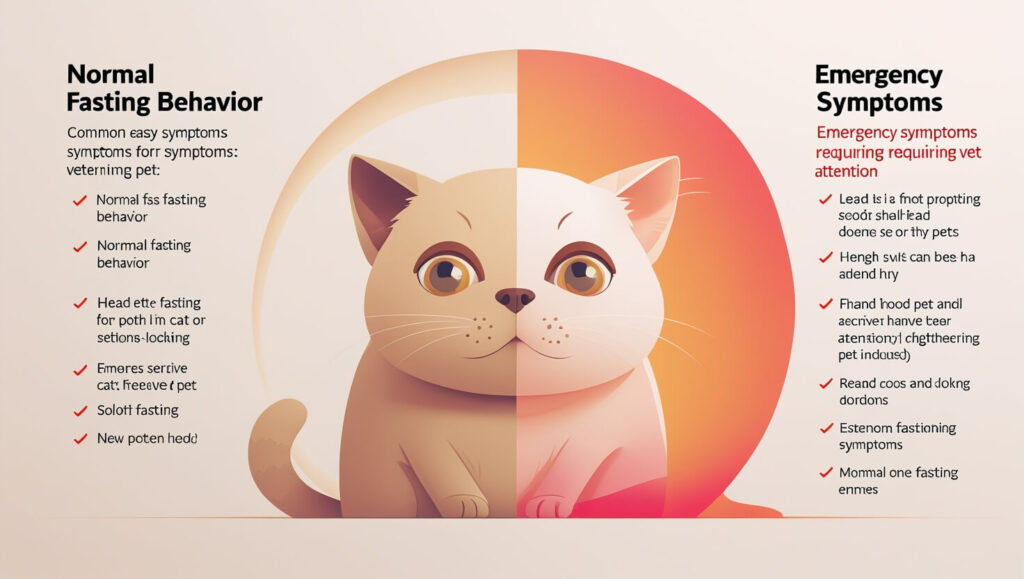
How to Encourage Your Dog to Eat Again
If your dog has lost interest in food, don’t panic just yet—there are several ways to stimulate their appetite and get them eating again. The key is to make food more appealing, reduce stress, and identify any underlying issues.
🍲 1. Make the Food More Appealing
Dogs rely heavily on smell when deciding to eat. If their food isn’t tempting enough, they may ignore it. Try these tricks to enhance the aroma and taste:
✔️ Warm up the food – Slightly warming wet food or adding warm, low-sodium chicken broth can make meals more inviting.
✔️ Use wet food or soften dry kibble – Some dogs dislike dry kibble, especially if they have dental issues. Adding a little warm water can help.
✔️ Try fresh, lean protein – Offering small amounts of boiled chicken, turkey, or plain scrambled eggs can encourage eating.
💡 Pro Tip: Avoid giving too many treats—if a dog learns they’ll get treats instead of meals, they may refuse to eat regular food!
🐶 2. Try Hand-Feeding or Using Puzzle Feeders
Some dogs may refuse food simply because they’re bored or stressed. Make mealtime fun and interactive by:
✔️ Hand-feeding small bites to build trust and encourage eating.
✔️ Using puzzle feeders or snuffle mats to turn eating into a game—this can work well for anxious dogs!
✔️ Changing their food bowl or location—sometimes, a simple change in the feeding setup makes a difference.
🧘 3. Reduce Stress & Anxiety at Mealtime
Dogs are sensitive to their environment, and stress can negatively impact appetite. Create a calm eating space by:
✔️ Feeding in a quiet area with minimal distractions.
✔️ Keeping a consistent meal schedule to build routine.
✔️ Avoiding negative reinforcement—forcing or punishing a dog for not eating can make things worse.
💡 If you recently moved, changed your dog’s diet, or introduced a new pet, give your dog some time to adjust.
🍖 4. Rule Out Food Allergies or Intolerance
Some dogs may refuse food due to stomach discomfort or allergies. If your dog is:
❌ Scratching excessively
❌ Having diarrhea or vomiting
❌ Avoiding specific ingredients
Consider switching to a hypoallergenic diet or limited-ingredient food. Your vet can help identify if food allergies are the issue.
🚨 5. When to Seek Veterinary Help Before Force-Feeding
If your dog has been refusing food for more than 48 hours, and none of the above methods work, consult a vet before trying to force-feed.
⚠️ Should You Force-Feed a Dog?
❌ No, unless directed by a vet. Force-feeding can be stressful and even dangerous if your dog is ill. If necessary, a vet may recommend:
✔️ Liquid or syringe feeding (under supervision)
✔️ Appetite stimulants or prescription diets
📌 Possible Customer Questions:
- What home remedies can help my dog eat?
- Warming up food, adding chicken broth, hand-feeding, or offering fresh protein like boiled chicken can help stimulate appetite.
- Should I force-feed my dog if they refuse to eat?
- No. Force-feeding can cause stress and even choking. If your dog refuses food for more than 48 hours, seek veterinary advice instead.
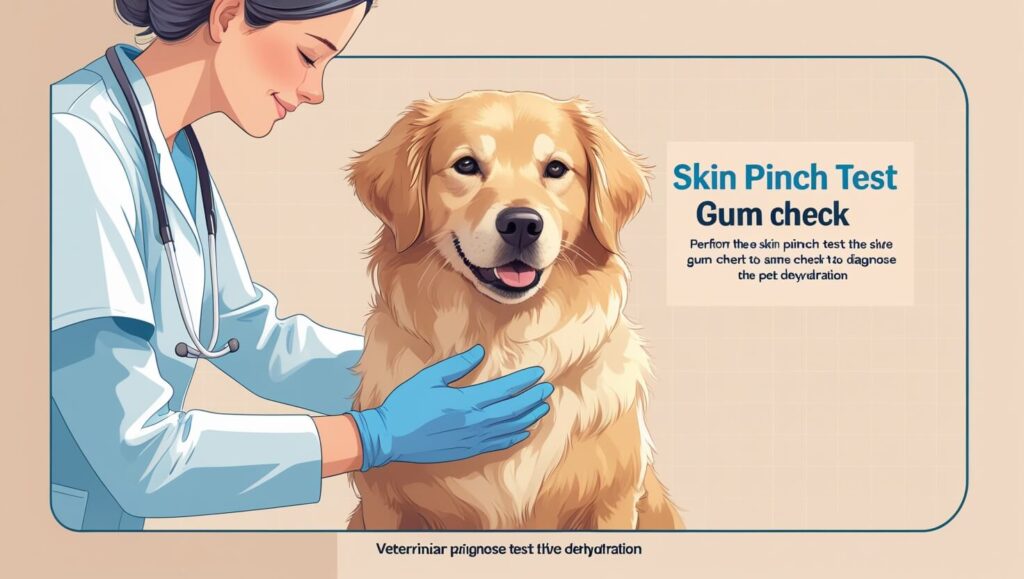
The Role of Hydration and Why It’s Critical
While dogs can survive longer without food, they cannot go without water for more than 2-3 days. Hydration is essential for organ function, temperature regulation, and overall health. Even if your dog refuses food, ensuring they stay hydrated is the top priority.
💧 how long can a dog go without food and Water?
A dog can survive without food for several days, but without water, they can become dangerously dehydrated within 24-48 hours. Dehydration can lead to organ failure, heatstroke, and even death if not treated in time.
If your dog isn’t eating but is still drinking water, this is a positive sign. However, if they refuse both food and water, seek veterinary help immediately.
🚨 Signs of Dehydration in Dogs
To check if your dog is dehydrated, look for these warning signs:
| Dehydration Sign | What It Means |
|---|---|
| 🦷 Dry or Sticky Gums | A hydrated dog’s gums should be wet and slick, not dry. |
| 😓 Excessive Panting | Heavy breathing without exercise may indicate dehydration. |
| 👀 Sunken Eyes | Dehydrated dogs often have dull, sunken eyes. |
| 🐶 Lethargy | Low energy, weakness, or refusal to move. |
| 🖐 Skin Elasticity Test | Pinch the skin at the back of your dog’s neck; if it stays “tented” and doesn’t snap back quickly, your dog is dehydrated. |
🥤 How to Keep Your Dog Hydrated
If your dog isn’t drinking enough water, try these tips:
✔️ Provide Fresh, Cool Water – Change the water frequently to keep it fresh.
✔️ Offer Ice Cubes – Some dogs prefer licking ice cubes instead of drinking from a bowl.
✔️ Use an Electrolyte Solution – A vet-approved electrolyte drink (like unflavored Pedialyte) can help.
✔️ Try a Water Fountain – Some dogs prefer running water over still water.
✔️ Add Water to Their Food – Mixing water into wet food or kibble can increase hydration.
💡 Pro Tip: If your dog is mildly dehydrated, try offering chicken broth or diluted bone broth to encourage drinking.
📌 Possible Customer Questions:
- My dog isn’t eating but is drinking water. Is this okay?
- Yes, drinking water is a good sign. However, if your dog refuses food for more than 48 hours, consult a vet to rule out medical issues.
- How can I tell if my dog is dehydrated?
- Perform the skin pinch test—if the skin takes too long to return to normal, your dog is dehydrated. Also, check for dry gums and sunken eyes.
Common Myths About Dogs and Starvation
There are many misconceptions about dogs and their eating habits. Some pet owners believe that dogs will eat when they’re truly hungry or that skipping meals is normal. While occasional meal-skipping might not be alarming, prolonged refusal to eat is never normal. Let’s debunk some of the most common myths about dogs and starvation.
🐕 Myth #1: “Dogs Will Eat When They’re Hungry.”
🔍 Truth: Not always!
Many people assume that a dog will eat whenever they’re hungry enough, but this isn’t always the case. Dogs may refuse food even when they are starving due to:
❌ Medical conditions (infections, dental pain, organ disease)
❌ Severe anxiety or depression
❌ Nausea or digestive issues
❌ Toxicity or poisoning
🚨 Why This is Dangerous: If a dog refuses to eat for too long, their body starts breaking down fat stores, which can lead to serious complications like liver failure (especially in small breeds).
🍽️ Myth #2: “Skipping Meals is Normal for All Dogs.”
🔍 Truth: While some dogs occasionally skip meals, consistent refusal is a red flag.
✔️ When it’s okay:
- If your dog skips a meal but remains active, playful, and drinks water, it’s usually not a major concern.
- Some dogs naturally eat less in hot weather or after a day of less activity.
❌ When it’s NOT okay:
- If your dog skips multiple meals in a row, especially more than 24-48 hours.
- If meal refusal comes with vomiting, lethargy, weight loss, or other symptoms.
🥦 Myth #3: “Fasting Can Be Good for Dogs.”
🔍 Truth: While occasional fasting may help reset digestion, forced starvation is harmful.
✔️ Intermittent fasting for healthy dogs (like missing a meal occasionally) can sometimes be beneficial.
❌ Prolonged fasting due to illness, stress, or medical issues is NEVER good and requires veterinary attention.
🚨 Warning: Puppies, senior dogs, and sick dogs should never be fasted—they need consistent nutrition to prevent weakness, immune suppression, and organ damage.
📌 Possible Customer Questions:
- Is it okay if my dog skips meals regularly?
- If your dog skips meals frequently but acts normal, they might be picky or overfed with treats. However, if meal refusal is consistent, consult a vet.
- Can fasting be good for dogs?
- In healthy adult dogs, occasional fasting may not be harmful, but prolonged fasting due to illness, stress, or medical issues is dangerous.
Conclusion: What to Do If Your Dog Won’t Eat
A loss of appetite in dogs can be temporary or a sign of something serious. While a healthy dog can go 3-5 days without food, prolonged refusal is dangerous, especially for puppies, senior dogs, or those with health issues.
Here’s what you should keep in mind:
✔️ If your dog skips one meal but acts normal, don’t panic.
✔️ If they refuse food for more than 48 hours, seek veterinary advice.
✔️ Watch for warning signs like lethargy, vomiting, dehydration, or weight loss.
✔️ Hydration is more critical than food—make sure your dog is drinking water.
✔️ Try to stimulate appetite with warm food, broth, or hand-feeding, but don’t force-feed.
🐶 Responsible pet ownership means knowing when to act. If your dog isn’t eating and shows any concerning symptoms, a vet visit is the safest choice. Early intervention can prevent serious health complications and ensure your furry friend stays happy and healthy.
Expert Review & Credibility Statement
This article was reviewed by Dr. Emily Carter, DVM, a licensed veterinarian with over 12 years of experience in pet nutrition and canine health. Dr. Carter specializes in small animal internal medicine and has worked extensively with dietary management for dogs with medical conditions.
The information provided in this guide follows veterinary best practices and is based on scientific research and clinical experience. While this article offers expert-backed insights, it is not a substitute for professional veterinary care. If your dog refuses to eat or shows signs of illness, always consult a veterinarian for personalized advice.

